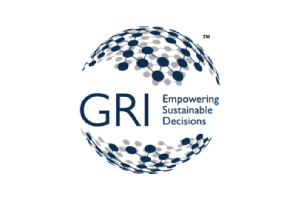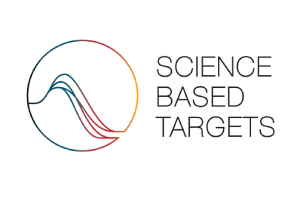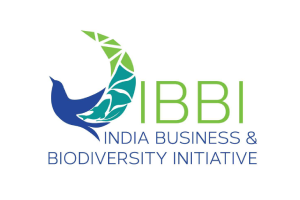Our Key ESG Metrics
SAEL dutifully focuses on ESG (Environmental, Social, and Governance) metrics, prioritizing sustainability.
Explore MoreSAEL dutifully focuses on ESG (Environmental, Social, and Governance) metrics, prioritizing sustainability.
Explore MoreNote: Data CY 2023.
We rely on several widely accepted ESG reporting methodologies to inform us of our approach to sharing SAEL’s sustainability progress and key performance indicators (KPIs). This helps us ensure the framework we use is aligned with industry standards, allowing us to inform our stakeholders of our ESG efforts in a streamlined manner.
Specifically, we seek to report on our ESG goals, progress, and performance in accordance with the Global Reporting Initiative (GRI) standards, and the United Nations SDGs.





To accurately depict the depth of associated risks and the breadth of coverage provided in this progressive report, as well as in our future publications, we've systematically categorized our material topics into three distinct levels. Each level comprises various subtopics and their corresponding metrics. Leading the forefront are our Level 1 topics, encompassing the most critical ESG-related risks and opportunities of significance to SAEL. These topics require heightened attention, and in upcoming reports, we provide a comprehensive overview of the measures taken to address them.
Simultaneously, our Level 2 and Level 3 topics, though significant, entail relatively lower risks or opportunities in comparison to Level 1. As a result, these levels will receive proportionally less content in our publications.